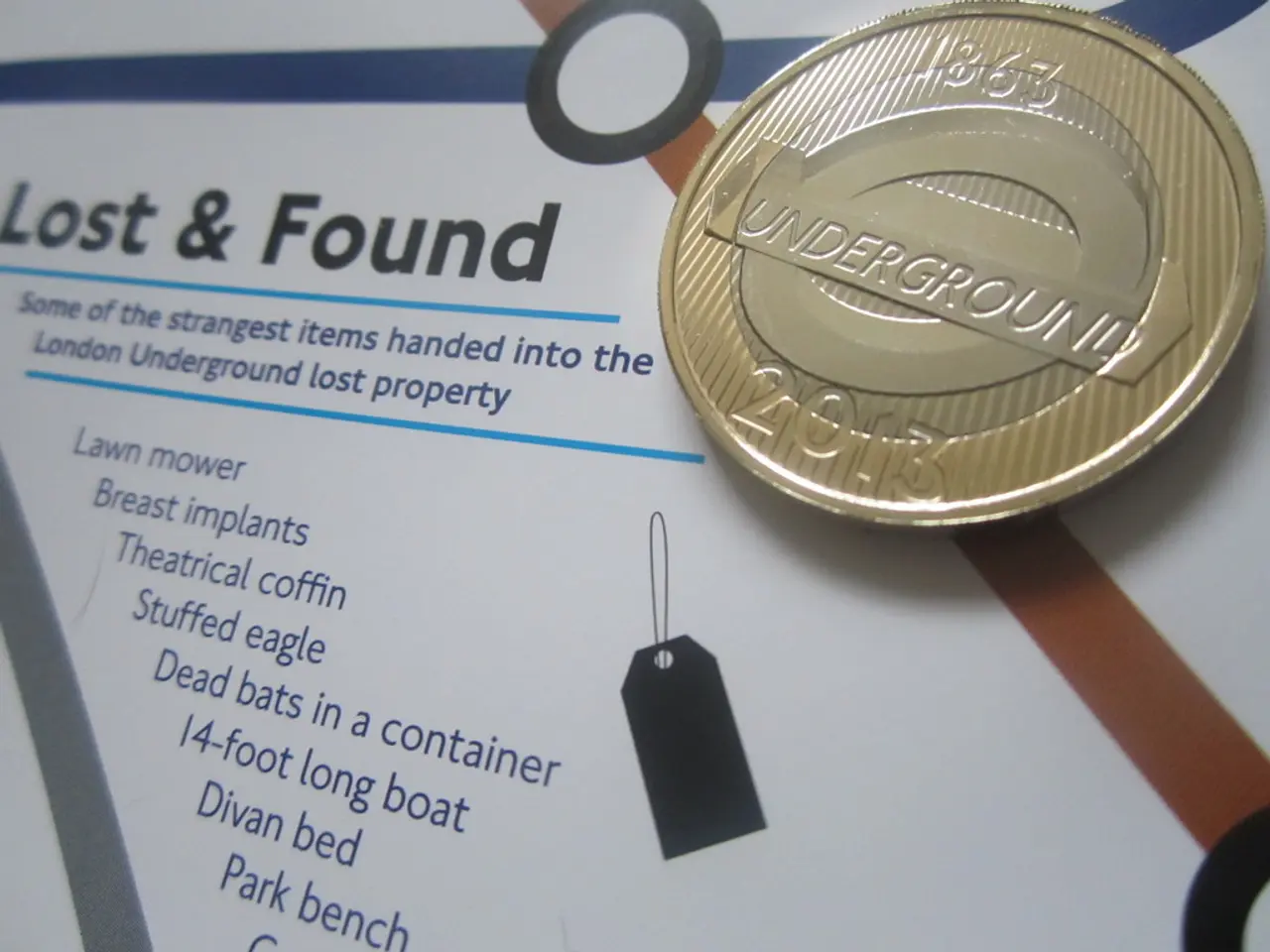USDT Remains Unregulated Despite MiCA, According to Opinion Piece
The European Union's Markets in Crypto-Assets (MiCA) regulations, set to be fully enforced by December 30, are causing a significant shift in the crypto ecosystem. During the 18-month transition period, existing businesses in the EU may continue operating under current legislation until January 1, 2026.
One of the key changes brought about by MiCA is the requirement for stablecoin issuers to obtain an Electronic Money Institution (EMI) license and hold a significant percentage of reserves in European banks. Tether, the issuer of USDT, has chosen not to comply with these requirements, leading major EU exchanges such as Binance, Kraken, Crypto.com, and Coinbase to delist USDT trading pairs for European users.
Juan Ignacio Ibañez, a member of the MiCA Crypto Alliance's technical committee, has emphasized that other exchanges are not necessarily required to act as quickly as Coinbase in delisting USDT. However, a broad delisting of USDT is in progress or already underway, and a cautious "wait and see" approach is increasingly unlikely.
The question remains whether all exchanges will simultaneously delist USDT, or if it will happen gradually. Some companies may adopt a 'wait and see' approach, anticipating statements from regulators. As of December 27, Binance and many other exchanges continue offering USDT services to EU clients without announcing plans to cease these operations.
Tether CEO Paolo Ardoino has expressed concerns that MiCA poses a "systemic risk" to stablecoins and the banking system. Ardoino specifically pointed to the requirement for stablecoins to hold at least 60% of reserves in potentially "vulnerable" EU banks as a concern.
However, the future of USDT in the EU remains ambiguous with European regulators yet to officially mandate the delisting of USDT. Meanwhile, alternative compliant stablecoins pegged to the euro, such as EURC by Circle and EURCV by Société Générale, are gaining market share as they meet MiCA requirements and hold required licenses. Some exchanges are also developing their own MiCA-compliant stablecoins to fill the market gaps left by USDT’s absence.
In November, Kraken and Tether jointly funded the launch of MiCA-compliant stablecoins, indicating a potential future for USDT in the EU if it decides to comply with the regulations. For now, the EU crypto ecosystem is largely moving away from USDT due to MiCA, with strict regulatory enforcement making delisting effectively mandatory rather than an optional decision. Remaining usage of USDT in the region is mainly peer-to-peer or off regulated exchanges, while compliant euro-backed stablecoins are increasingly preferred.
[1] Coinbase Blog: https://blog.coinbase.com/announcing-the-delisting-of-usdt-on-coinbase-pro-and-coinbase-exchange-in-europe-and-the-uk-212d0b31486c [2] Binance Blog: https://blog.binance.com/en/2022/12/05/tether-usdt-withdrawal-and-trading-restrictions-for-eu-users/ [3] Crypto.com Blog: https://blog.crypto.com/tether-usdt-delisting-on-crypto-com-exchange-in-europe/ [4] Kraken Blog: https://kraken.com/blog/usdt-withdrawal-and-trading-restrictions-for-eu-users/ [5] Circle Blog: https://www.circle.com/en/blog/euro-circles-new-stablecoin-euro-circular-european-regulatory-compliance
- The European Union's MiCA regulations have led some businesses, such as Binance, Kraken, Crypto.com, and Coinbase, to delist Tether's USDT for EU users due to it not complying with the regulations.
- The European crypto market is experiencing a significant shift towards compliant euro-backed stablecoins like EURC by Circle and EURCV by Société Générale, as they meet MiCA requirements and hold the necessary licenses, while USDT's usage is largely confined to peer-to-peer or off-regulated exchanges.




